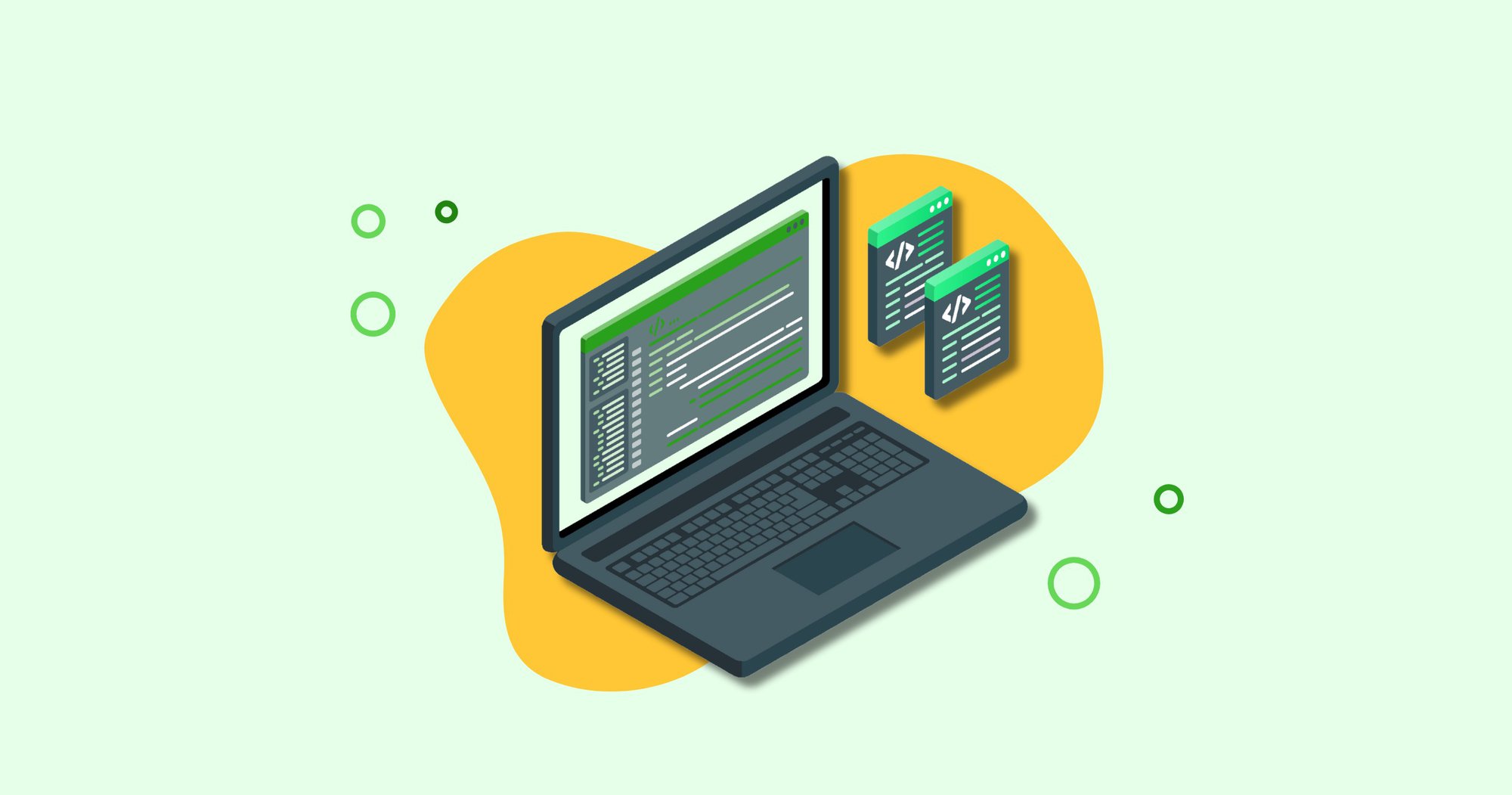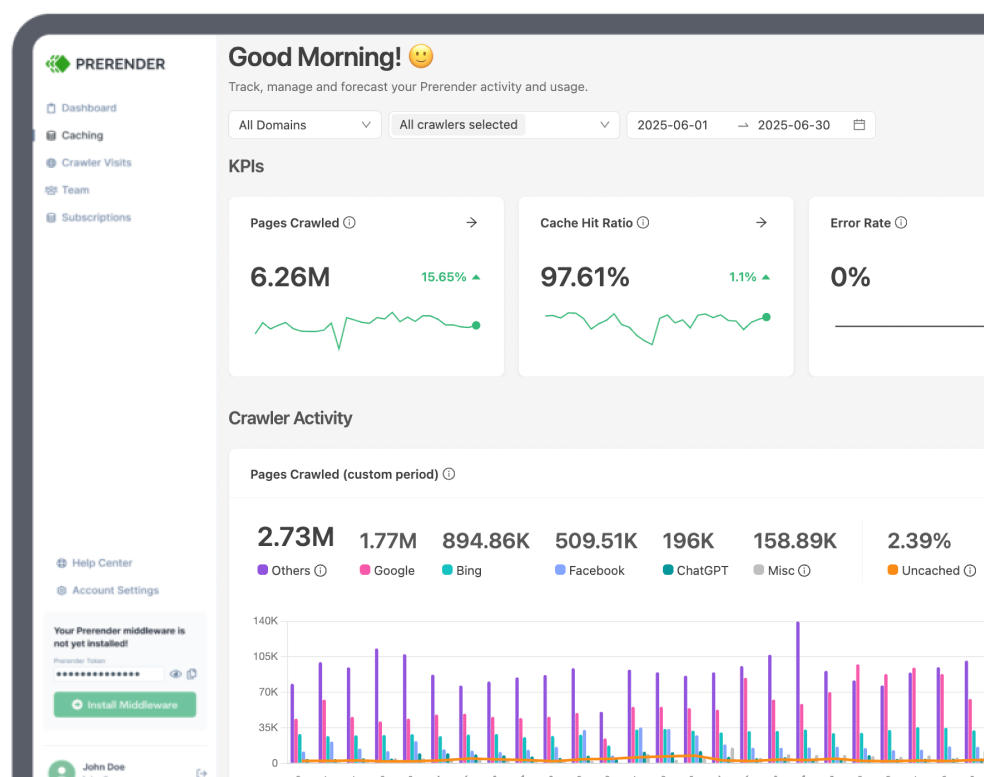Online shopping is no longer confined to ecommerce stores and search engine results. Platforms like ChatGPT and Perplexity are becoming personal AI shopping assistants, answering questions, comparing products, and even facilitating purchases without your customers ever visiting a website.
This shift is already visible in the numbers: according to a SparkToro study, over 60% of Google searches now end without a single click. More shoppers are skipping websites entirely, finding what they need directly inside these AI experiences.
Traditional traffic is shrinking, which means visibility is the new currency. If your products aren’t discoverable on AI-driven platforms, you don’t exist.
In this article, we’ll break down what zero-click searches are, how AI shopping platforms are reshaping consumer behavior, what it means for ecommerce, and how you can adapt.
What is Zero Click Search?
A zero-click search happens when a user receives the answer they’re looking for directly on the search engine results page (SERP) or AI interface, without needing to click through to a website. Historically, this came in the form of:
- Featured snippets and People Also Ask boxes.
- Knowledge panels and local map packs.
- Shopping carousels with prices and reviews.
Now, zero-click has expanded to:
- AI-generated summaries (Google AI Overviews and Bing Copilot answers).
- AI Chat interfaces like ChatGPT and Claude.
- Voice and virtual assistants (Alexa, Siri, Google Assistant).
For example, here’s what it will look like if you search for “What is Magento commerce?” You’ll get an AI-generated summary at the top of the results page—no click or website visit needed.

How Does Zero Click Search Work?
When someone types a query, Google or Bing first pulls from their indexed pages. Sites that use structured data often rank better in these results because the markup helps search engines identify and display the necessary information in snippets, knowledge panels, or other features.
AI has pushed this further by powering AI Overviews and large language models (LLMs) that synthesize data into conversational summaries. It also drives conversational commerce, where AI chat and search tools move users from questions to product recommendations without traditional click-throughs.
However, whether a zero-click result shows depends on how the search engine reads user intent—signals like phrasing, search history, and behavior help determine if someone wants quick facts, comparisons, or is ready to buy. If the query can be satisfied directly, the engine delivers it.
Resource: see the comparison between traditional search vs. AI-powered search.
Why are Zero-Click Searches Becoming More Prominent?
First, today’s shoppers, especially among the younger demographics, have an appetite for instant, personalized answers. Rather than clicking through multiple website links or sifting through cluttered ecommerce pages, they’re turning to AI platforms to get quick information upfront.
Like Lindsey Mazza, Global Retail Lead at Capgemini, says: “Consumers today want personalized shopping experiences, enhanced by AI and generative AI. In addition, they expect fast and efficient deliveries and have become more conscious of their purchasing impact.”
Mobile browsing has also amplified this trend, with over 75% of mobile searches last year ending without a site visit. Users, in response to the friction that comes with navigating sites on a small screen, are turning to zero-click formats that give them what they need immediately (summaries, recommendations, or product suggestions).
At the same time, search engines and AI platforms benefit from keeping users around. The more they answer queries directly, the longer users stay on their platforms, giving them valuable behavior data, increased engagement, and ad opportunities
Finally, zero-click results help with decision fatigue. With countless options and conflicting reviews online, users prefer AI-curated recommendations to simplify choices and save time.
In fact, as of July 2025, ChatGPT has nearly 800 million weekly active users, while Perplexity also boasts of 2 million daily users. These are just two of many tools to show how LLMs are fast becoming the default starting points for millions of users, bypassing the traditional Google-to-website path entirely.
Resource: see how search behavior differs across SEO, AIO, and GEO.
The New AI Shopping Experience: Chatbots, Shopping Overviews, and LLMs
AI is becoming the main character in ecommerce. Recent surveys show that 47% of users rely on generative AI for product recommendations, while 55% use it to research products before buying.
Voice assistants are part of the funnel too, with nearly a quarter of consumers purchasing through tools like Alexa or Siri, and 40% using them to verify product details.
For brands, this signals a fundamental shift as discovery, comparison, and even purchase decisions are increasingly happening off traditional websites and on AI-powered platforms.
Google is currently leading this new AI shopping experience. In October 2024, it overhauled its Shopping experience by merging its 45-billion-product Shopping Graph with the Gemini AI model. A single query now produces AI-generated summaries of what to consider, top product picks, and category filters.

In many cases, shoppers never even reach a retailer’s website—Google’s Shopping tab offers personalized feeds, deal finders, and even virtual try-ons, turning the search engine into a full-fledged AI shopping assistant.
OpenAI has also made similar moves with ChatGPT. In April 2025, it introduced native shopping capabilities that let users research, compare, and buy products through the chat interface.
During a prelaunch demo, Adam Fry, Search Product Lead, showed how the tool can surface tailored recommendations complete with pricing, availability, attributes, and direct purchase links.

Other AI recommendation engines, including Perplexity and Bing Copilot, are chasing the same goal. Perplexity Shopping, for instance, now offers users unbiased recommendations, visual product discovery, and seamless checkout contained within its platform.
These innovations all point to the reality that AI is reshaping the customer’s shopping journey. And when AI sits between brands and their buyers, the big question is how this shift will impact traffic, conversions, and overall bottom line.
What are the Implications of Zero-Click Searches on Traffic and Conversions?
So, what happens when most of your potential customers never make it past the search results? Let’s look at how zero-click searches create challenges for ecommerce brands.
1. Declining Organic Traffic
Page-one rankings no longer guarantee brand visibility. AI Overviews, featured snippets, and knowledge panels dominate above-the-fold space, often burying organic listings. So, even if you rank, CTRs are low, which means fewer opportunities to engage and convert users.
2. Loss of Control Over Messaging
AI often rewrites or condenses your content, meaning your brand could be mentioned without the context you’d prefer—or skipped entirely if your content isn’t structured for these systems. That can dilute your messaging or, worse, make your competitors more prominent.
3. Limited Data and Targeting Opportunities
With fewer site visits, your first-party data shrinks. This means fewer cookies, less behavioral insight, and limited ability to retarget users. Combined with murky attribution—where buyers discover you in AI results but convert elsewhere—it becomes harder to track ROI accurately.
4. Competitive Displacement
AI-driven answers often prioritize content that aligns with its training data, structure, or intent signals. If your pages don’t meet those signals, your competitors can edge you out, even if you previously outranked them in traditional SERPs.
Should Ecommerce Stores be Worried about Zero-Click Search and AI Shopping?
Not necessarily. Zero-click search is disruptive, but it doesn’t automatically spell doom for ecommerce brands. The impact also depends on how businesses choose to respond.
Yes, fewer people may be clicking through to your site, but this type of search can still work in your favor if you position your brand strategically.
Being consistently featured in AI results can build visibility, top-of-mind awareness, drive trust, and influence purchase decisions—whether on your site or through AI shopping assistants.
How to Optimize Your Ecommerce Website for Zero-Click and AI Shopping
To remain discoverable and measurable in an ecosystem where clicks are no longer the primary signal of success, businesses must adapt on two fronts: strengthening traditional SEO and embracing AI optimization (often called AEO/GEO). Here are some actionable strategies:
Serve Fully-Rendered Content to Crawlers
Many modern ecommerce sites use JavaScript-heavy frameworks that rely on dynamic content rendering, which can prevent AI crawlers from seeing important pages. To avoid that, ensure your pages are pre-rendered or server-side rendered so search engines and AI crawlers can access the full content. Or you can use a tool like Prerender.io to handle this by serving prerendered HTML versions of your pages directly to bots.
Allow AI Bot Access in Robots.txt
Explicitly add AI crawler user-agents (e.g., GPTBot, ClaudeBot, PerplexityBot, etc.) to your robots.txt with “Allow” rules.
Use Structured Data and Answer-Friendly Formats
Generative AI tools consume structured data to build knowledge panels or answer snippets. So, add Product, FAQPage, HowTo, and other relevant schema to your pages to help them extract and present your information accurately. Also, write your content or product descriptions in a way that directly and clearly answers users’ queries.
Focus on User Intent and High-Value Queries
Bolster your content strategy to cover both informational and transactional/commercial intents to capture buyers at all stages. Also, use long-tail, conversational keywords to match AI and voice search queries.
Embrace Omnichannel Selling and Content
Make sure your products are listed on all major platforms and integrated with voice assistants where possible. Use high-quality multimedia (images, videos, etc.) to stand out. Also, encourage user reviews as AI crawlers see those social signals as proof of authority.
Shift Metrics and Attribution
With clicks on the decline, track other performance indicators. Use advanced tools to monitor snippet impressions, direct traffic, AI referral traffic, brand search volume, and others.
Prepare for AI-Driven Ads and Shopping Features
Make sure your shopping feed is optimized (accurate product data, clear images, up-to-date stock) for search bots. Also, be ready to allocate budget for sponsored placements in AI and chat results.
Ultimately, the goal is to be present wherever buyers are getting answers and keep your brand top-of-mind, even if they don’t click right away. For more extensive knowledge, check out these 10 tips to help your product pages show up in AI search tools.
How Prerender.io Can Help Your Store Compete in the AI Shopping Era
AI shopping is turning visibility is a cutthroat game. Being invisible to AI bots means no traffic. No traffic means no qualified leads, conversions, and ultimately, no revenue.
To show up on these AI platforms, the quickest, most reliable, and cost-effective solution is using Prerender.io.
Prerender.io is a JavaScript rendering tool that acts as a headless browser, rendering your pages server-side and serving static HTML to every major bot, including Googlebot, GPTBot, PerplexityBot, and OAI-SearchBot.
Instead of struggling with dynamic content or infinite-scroll sections, these bots receive a clean, fully loaded version of your site, complete with all the metadata and Open Graph tags that drive visibility.
In other words, your entire product catalog becomes more discoverable to AI search engines and more likely to appear in zero-click searches. Here’s a graph of one Prerender.io client that saw steady traffic growth within weeks of adding a ChatGPT integration to their account.

But visibility is only half the story. Understanding how crawlers interact with your site is what gives you a real competitive edge.
Knowing that your site is crawlable is one thing; knowing who is crawling it is even more powerful. With the Crawler Type view in Prerender.io’s AI Dashboard, you can now see crawler activity grouped by category, including:
-
Search Engines (Googlebot, Bingbot, etc.)
-
AI Crawlers (GPTBot, PerplexityBot, OAI-SearchBot)
-
Social Media Bots (Facebook, LinkedIn, X/Twitter)
-
SEO Tools (Ahrefs, SEMrush, Moz, etc.)
This visibility makes it easier to understand your traffic sources, identify which crawlers matter most for your store, and fine-tune your optimization strategy to match. Whether you’re targeting Google rankings, AI shopping results, or social visibility, you’ll know exactly where your products are getting exposure.
By using Prerender.io, you never have to worry about crawl barriers or other technical AI SEO issues. And the icing on the cake is that you can get started with Prerender.io for free.
Elevate Your Ecommerce Store’s Search Presence for AI Shopping
Throughout this blog, we’ve pointed out how AI is disrupting customers’ journeys. Rather than resisting these changes, the smartest move is to adapt your strategy early and meet shoppers wherever they’re searching.
And alongside the strategies outlined above, Prerender.io makes that adaptation seamless, helping your store remain discoverable to AI crawlers and in AI results without a complete overhaul of your tech stack. It also improves page load speeds, optimizes indexing, and helps your product listings stand out in search results.
If your goal is to future-proof and scale your visibility as AI shopping evolves, Prerender.io is your low-effort, high-impact solution. Try Prerender.io today to stay ahead in the visibility game.




